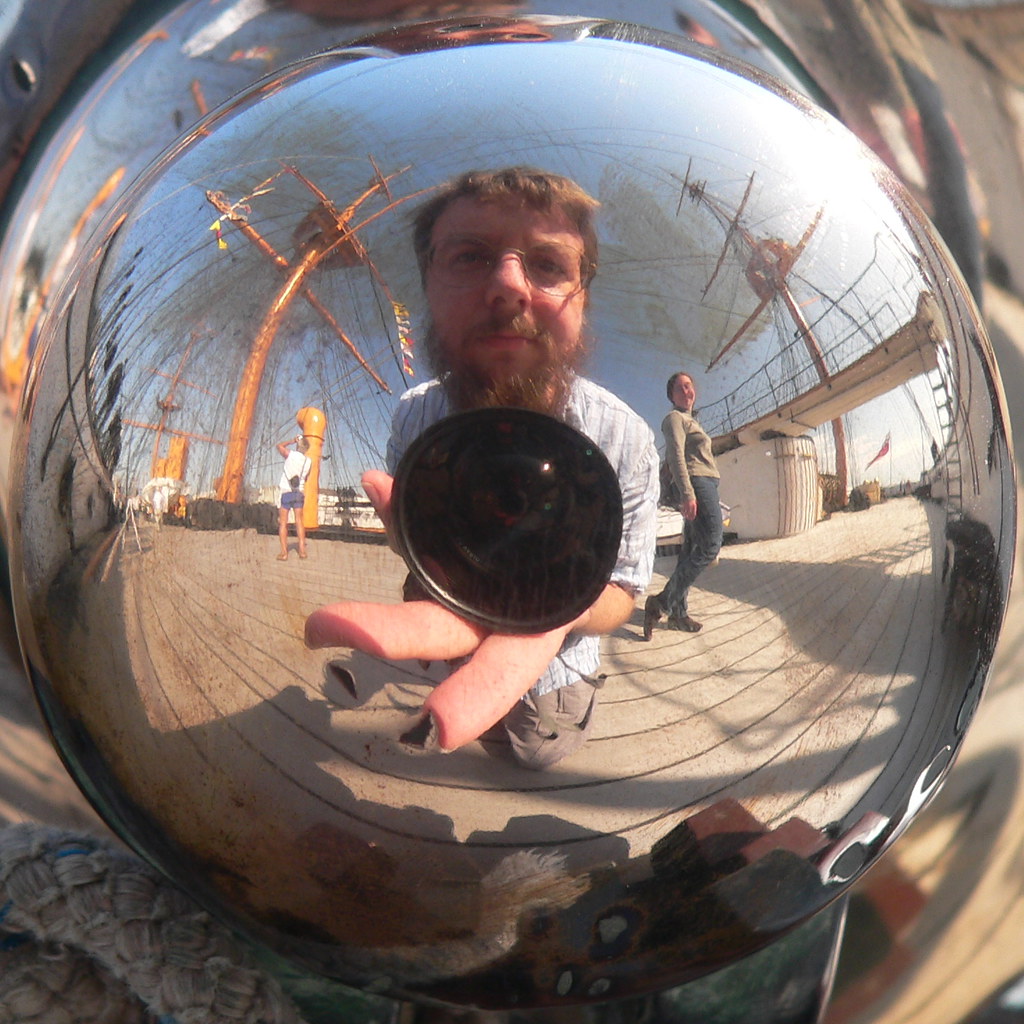1. According to current standard theory about the age of the universe the universe is estimated to be 13.75 billion years old.
2. According to the big bang theory the universe started as a hot dense singularity point that expanded.
3. The Hubble Ultra-Deep Field looked at an area of dark space, without any nearby stars or galaxies, for a long time (11+ days) and put together an image of the faint light it collected. There were lots of galaxies within this image, but one galaxy was identified, UDFj-39546284, 13.2 billion light years away. The galaxy is not actually that distance away today, that is the distance the light from the galaxy traveled to get to us, which by the way took 13.2 billion years to arrive. This is approaching the age of the universe, 13.75 billion years. We are moving away from each other so today the galaxy is estimated to be 31.7 billion light years away--that's a long way.
However, the observable universe is even larger. Using patterns of background radiation the diameter of the observable part of the universe is estimated at 93 billion light years.
4. Special relativity says that objects can not move away from each other faster than the speed of light.
OK, now put these points together. How did matter and energy that started off next to each other travel 93 billion light years apart in only 13.75 billion years? It is as if they were traveling 6.7 times faster than the speed of light. But Einstein says things can't travel this fast...
This leads to a couple ideas to help resolve this inconsistency.
1. The universe is actually much older than 13.75 billion years, perhaps over 100 billion years?
2. The light has traveled all the way around a curved universe and ended up where it began, so we are actually looking at our own galaxy 13.2 billion light years away and don't realize it.
3. (The generally accepted answer) Space is expanding between objects so the distance becomes greater without having to travel faster.
The last explanation is odd to me. I think of matter as existing within the space of the universe. If the universe expanded or shrank we should expand or shrink along with it. Like drawings on the surface of a balloon. But apparently it doesn't really work that way. Extra space is added between objects as the universe expands, putting them at greater distances apart then they otherwise would or could be.
Could this effect be utilized? The problem with interstellar travel is the distance involved and being limited to slower than light speeds. Wormholes between points in space have been suggested as a way around this. However, the theoretical matter and energy required to create a wormhole would likely destroy anything like us that tried to travel through it. What if instead we could shrink the space in front of us. Gravity can be thought of as bending space. What if we launched a black hole(s) in the direction we wanted to travel and followed as closely behind it as possible, allowing it to compress the space in front of us. (I know; this is way beyond anything we are remotely capable of today. For that matter, we could be followed by a white hole(s) to expand the space behind us. If they were connected by a wormhole the black hole and white hole could form a loop, devouring space in front and jetting it out behind. We could ride along in between in a bubble of normal space? Like a fly traveling, at impossible for fly speeds, within a jet.) Perhaps this could have the added benefit of clearing space dust along the path, but the change in momentum of the black hole would have to be carefully monitored and adjusted for. And, could it also act as a gravitational lens to carefully scout out the route ahead?
There are two ways to get to some place sooner, either travel faster or shrink the distance. I know this sounds like silly speculation, but the dimensions of the universe do suggest that faster than light distances (but not necessarily speeds) can be achieved.

No comments:
Post a Comment